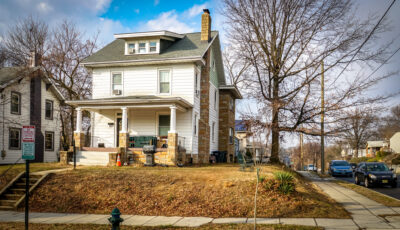Forest City, a Country Garden real estate project in Malaysia, is ideally located in ASEAN. ASEAN’s economic potential, demographic advantages, and market prospects influenced this choice. Forest City chooses Malaysia for its futuristic growth because to the region’s strong economy, burgeoning population, and rising middle class. This blog explains why Forest City picked Malaysia and how it exploits ASEAN market prospects.
ASEAN: A Dynamic Economic Bloc
Forest City chose Malaysia as its headquarters because of ASEAN’s economic potential. In 2016, ASEAN’s GDP reached a stunning US$2.5 trillion. ASEAN enterprises have a huge market due to this strong economic development.
Population and Demographic Advantages
The size and demographics of ASEAN make Malaysia an intriguing alternative for Forest City. ASEAN outnumbers the EU and North America with approximately 600 million people. This young generation underpins economic development, creativity, and sustainability.
Rising Middle Class and Consumption
Forest City understands ASEAN’s increasing middle class’s business prospects. Infrastructure and consumer products and services increase with population growth. Forest City is strategically located in Malaysia to serve ASEAN’s growing middle class.
Market Needs and Infrastructure
Businesses benefit from ASEAN’s population expansion and infrastructural needs. Forest City’s imaginative urban development attempts to meet these needs. Forest City meets ASEAN’s future demands by offering a complete living and working space environment. The region’s infrastructural development will help the project grow and succeed.
Conclusion
Forest City’s location in Malaysia shows ASEAN’s vast potential. ASEAN is poised for creative real estate developments like Forest City due to its rising population, middle class, and consumer power. Forest City can prosper and help Malaysia and ASEAN expand by taking use of the region’s economic and demographic advantages.







































